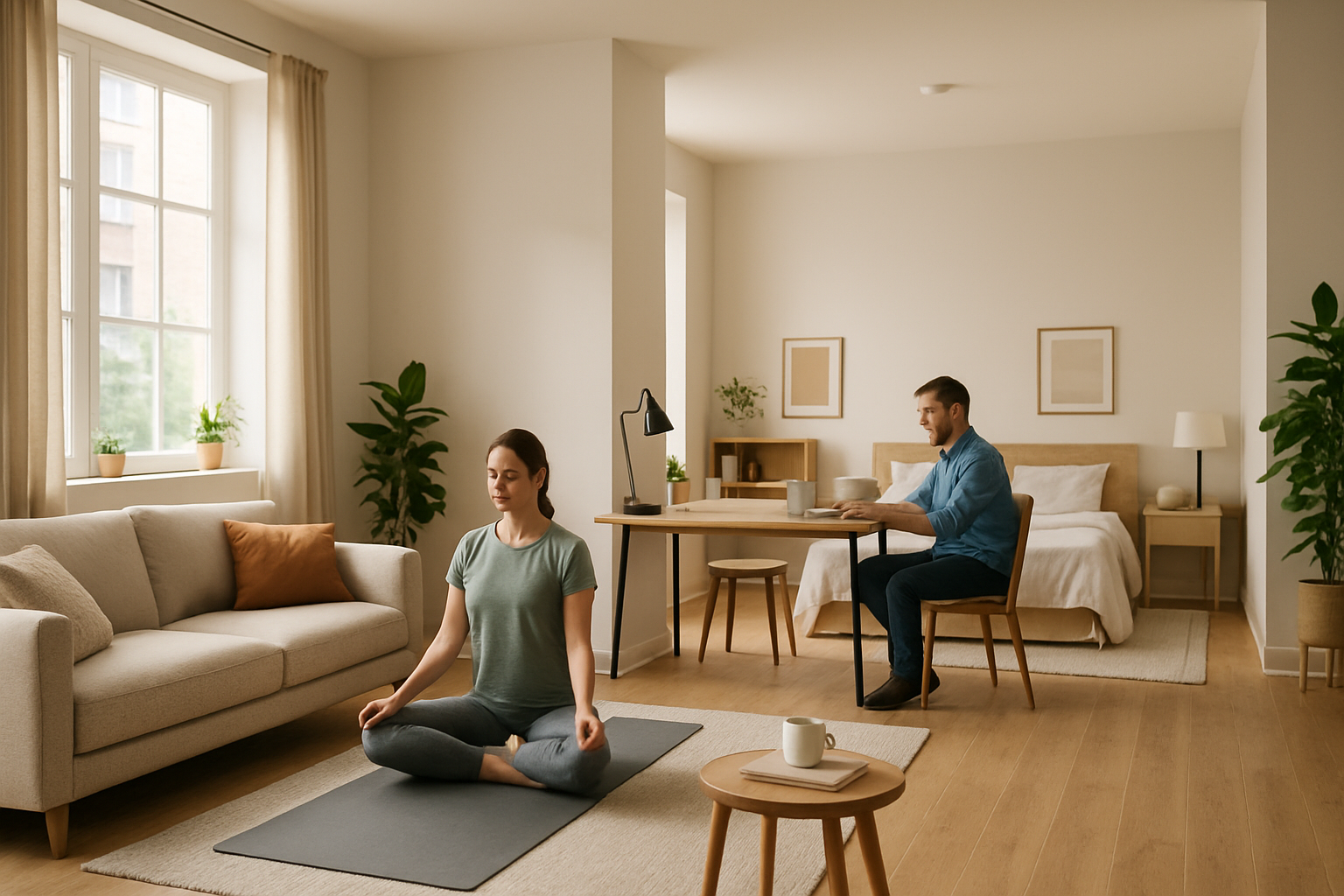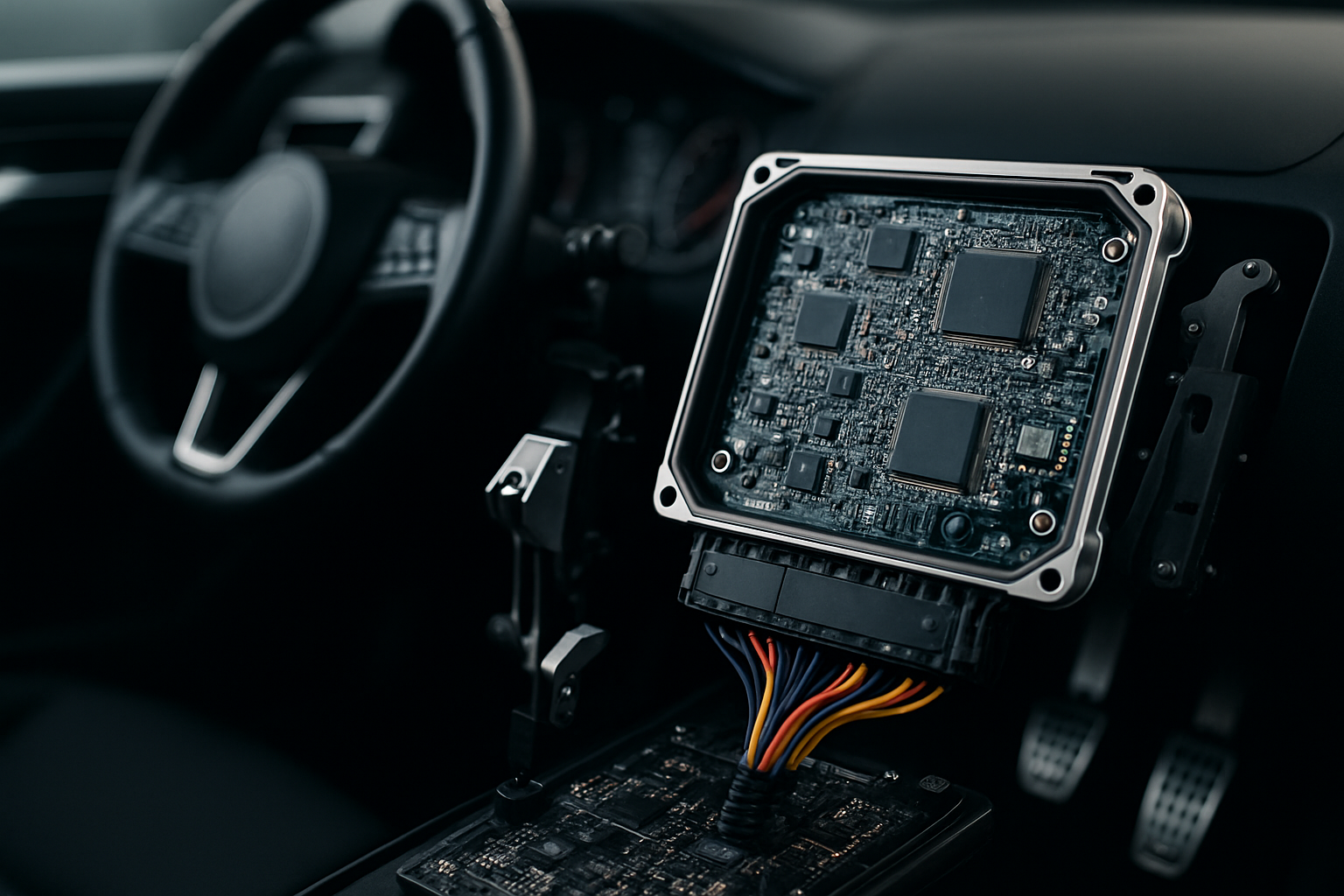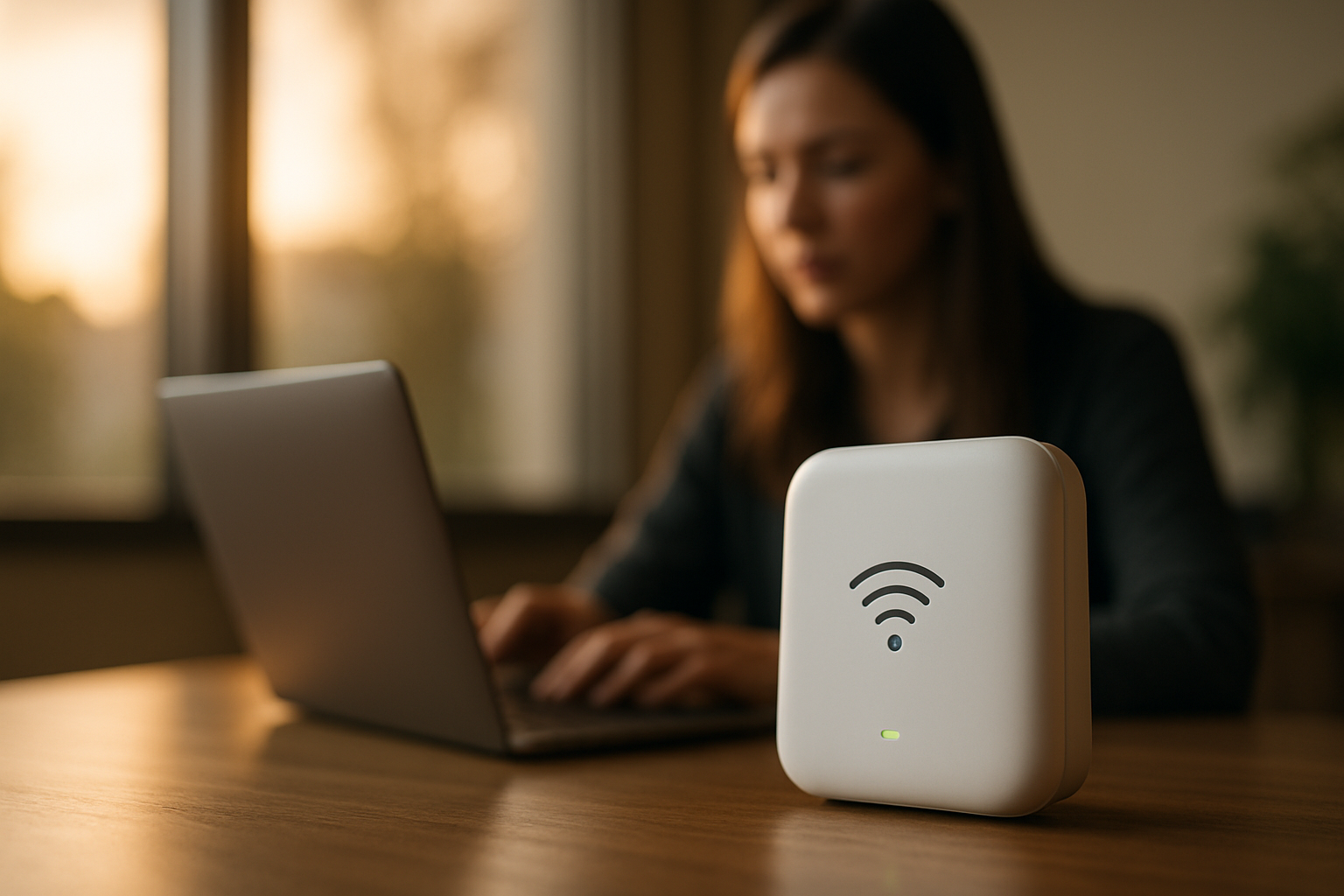"Stepping Beyond the Ordinary: The Emergence of Multi-functional Spaces in Homes"
Let's take a moment to step into the future—imagine a comfortable, well-designed room that serves not one, but several purposes. It's a home office, a yoga studio, a guest room, and a cozy reading nook, all at once. This is the reality of multi-functional spaces, the latest in home design, and a smart solution for modern homes where every square foot counts.

The Genesis of Multi-functional Spaces
The concept of multi-functional spaces isn’t entirely new. In fact, it has its roots in ancient architecture where rooms in homes were often designed for multiple uses. Yet, it was during the mid-20th century, with the advent of open floor plans, that the idea of multi-purpose rooms took shape. Over time, as homes became smaller and lifestyles more dynamic, the need for spaces that can flex and adapt became increasingly relevant.
The Present Scenario: Relevance in Modern Homes
Today, multi-functional spaces are more than a trend—they’re a necessity. With the rise of remote work and the increasing emphasis on indoor fitness and hobbies, homeowners are seeking ways to maximize their spaces. Designers are responding with creative solutions, turning living areas into workstations, kitchens into social hubs, and bedrooms into wellness retreats.
Practicality and Market Trends
Multi-functional spaces are a practical solution to many of today’s lifestyle demands. They allow for flexibility and efficiency, important factors considering the diverse needs of modern homeowners. Market trends reflect this shift—interior design firms are offering services specifically aimed at creating multi-functional spaces, and furniture companies are designing pieces with dual or multiple purposes.
Enhancing Daily Living
Multi-functional spaces enhance daily living by offering flexibility and convenience. Imagine having a home office that transforms into a guest room when needed, or a kitchen island that doubles as a dining table or workspace. The possibilities are endless, and each adaptation can make life a little easier and your home a little more personalized.
A Look at Future Prospects
As we move further into the 21st century, the trend of multi-functional spaces is likely to evolve and solidify. With advancements in technology and design, we can expect more innovative solutions that help homeowners make the most of their spaces. The future of home design is not just about aesthetics, but also about creating spaces that are versatile, efficient, and tailored to the unique needs of each individual.
In conclusion, multi-functional spaces are a fascinating development in home design, reflecting our changing lifestyles and needs. They offer practical solutions, enhance daily living, and are likely to become a mainstay in the future of home design. So, as you think about your next home makeover, consider stepping beyond the ordinary and embracing the extraordinary potential of multi-functional spaces.





